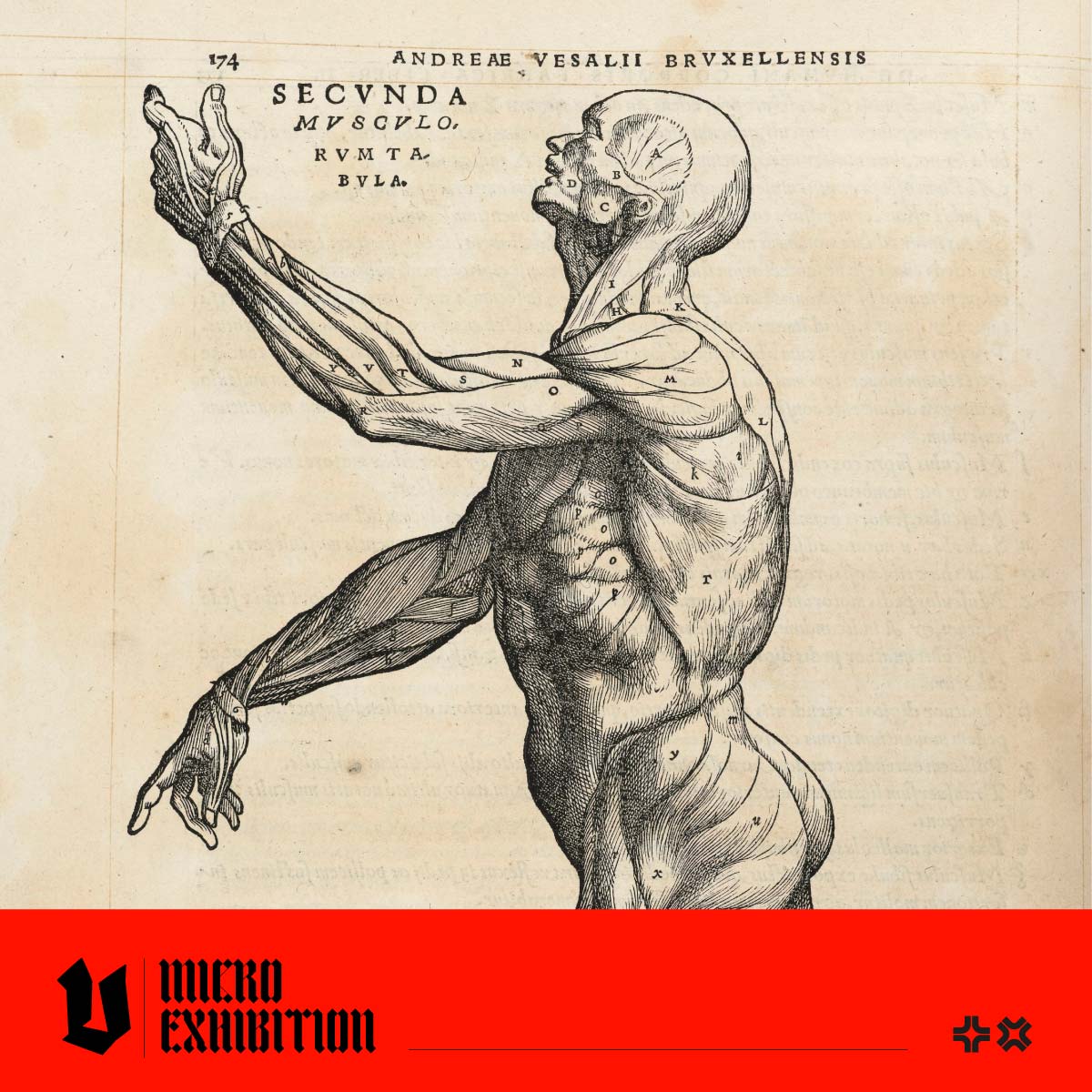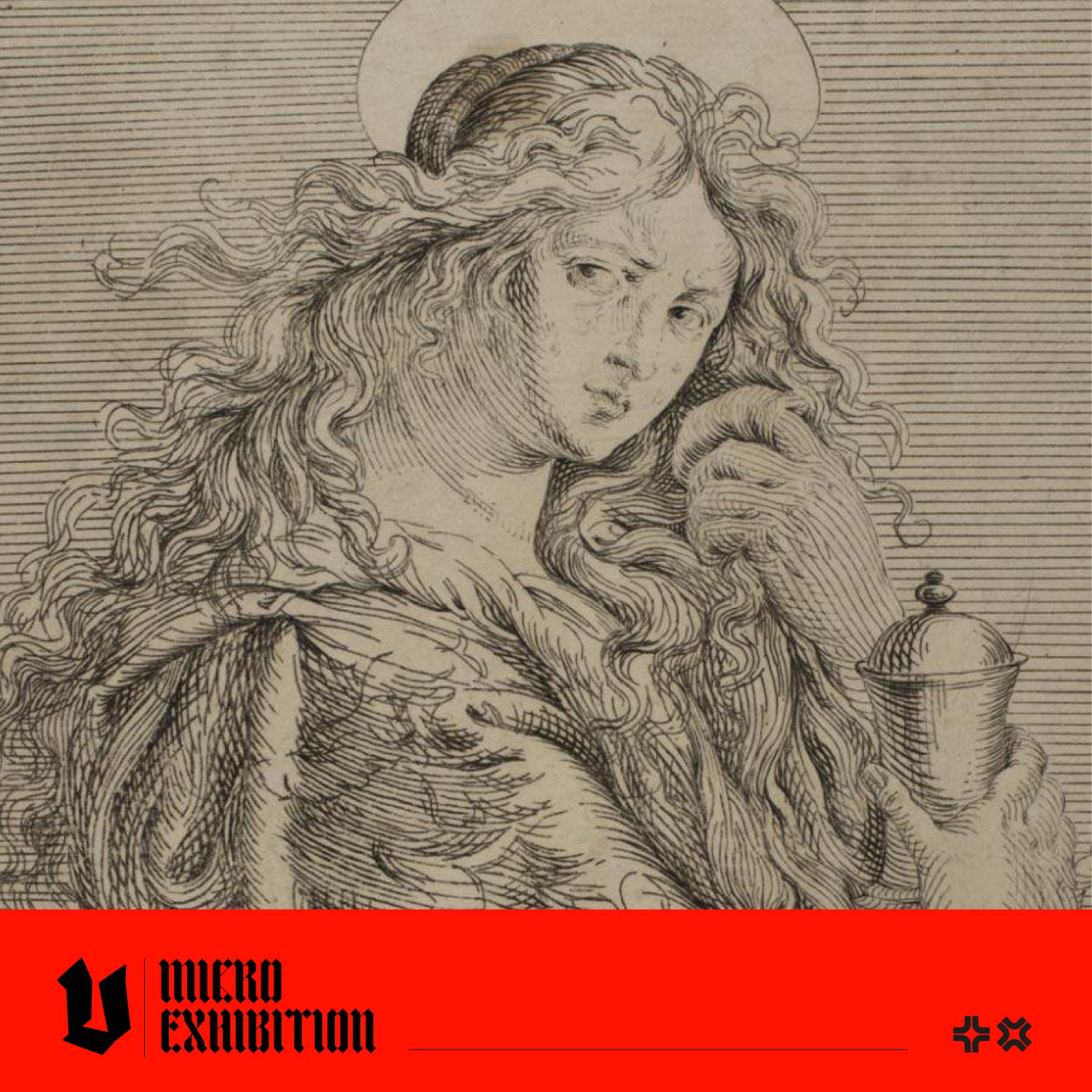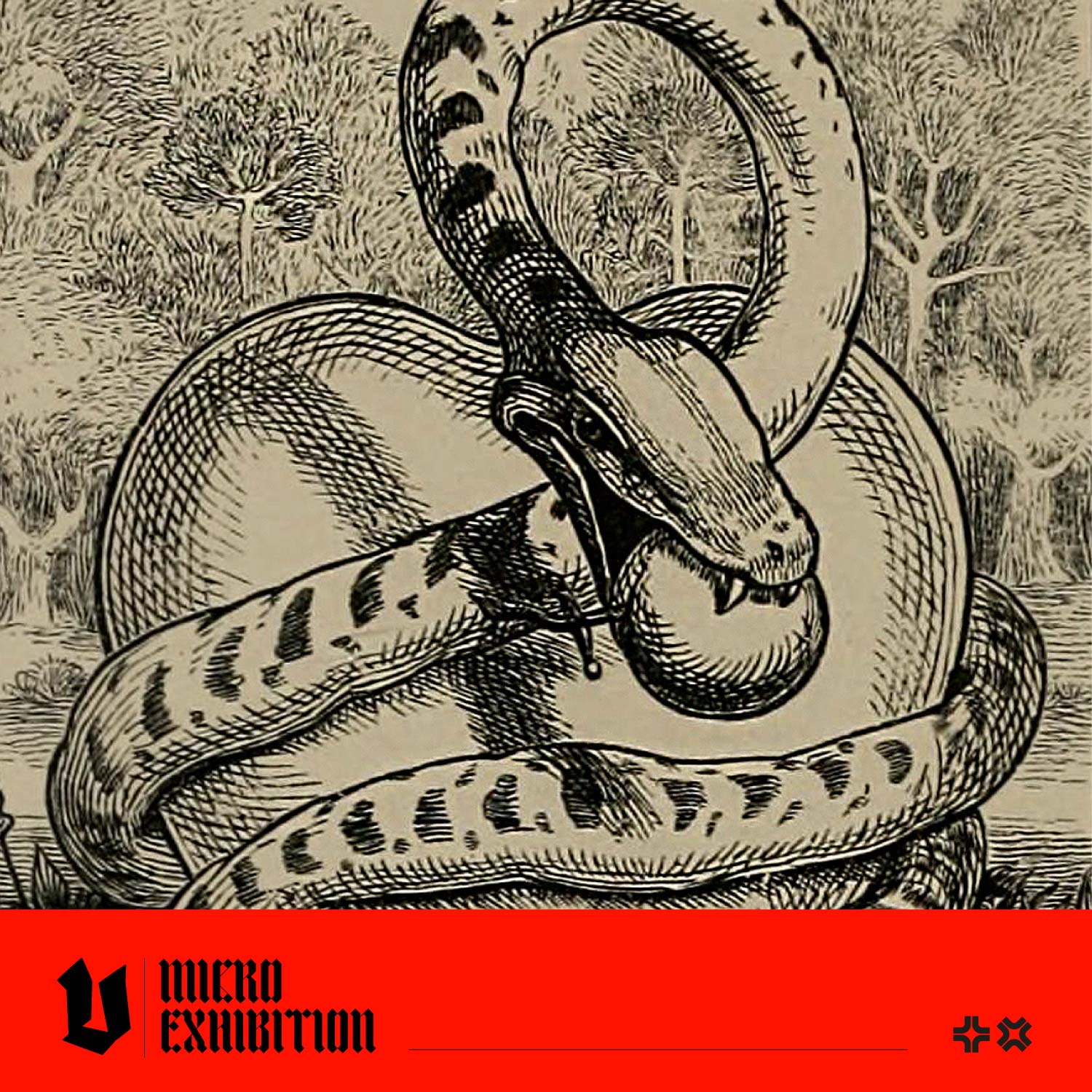Andreas Vesalius: The Founder of Modern Anatomy
Andreas Vesalius is considered the founder of modern anatomy. (Brussels, 31 December 1514 – Zakynthos, 15 October 1564) He was an anatomist and physician who played a pivotal role in progressing our understanding of human anatomy. His work challenged the era's prevailing medical beliefs and introduced practices that resulted in a more accurate understanding of the human body. This blog post will discuss Vesalius's training as an atomist, the significance of dissection in his study and teaching methods, and the revolutionary impact of his published works.

Illustration from Fabrica of Vesalius
Who Was Andreas Vesalius?
As a young man, he attended the University of Paris. During this period, his fascination with anatomy grew as he studied Galen's theories and examined bones at charnel houses (where human skeletal remains are stored). It is said that he assembled his initial skeleton by acquiring bones from a gallows. After graduating, he taught surgery and anatomy at the University of Padua and lectured at the University of Bologna and the University of Pisa. Before his job in Padua, Vesalius travelled through Italy, helping the future Pope Paul IV and Ignatius of Loyola treat people with leprosy. He later became an imperial physician to the court of Emperor Charles V, and in 1555, he was appointed the physician to Philip I. He fell ill during a stormy journey home from a pilgrimage to Jerusalem. He died soon after his ship landed on the Greek island of Zakynthos (Zante).

Andreas Vesalius from De Humani Corporis Fabrica (1543)
How Did Vesalius Develop and Share His Knowledge of Human Anatomy?
In Venice, he met artist Johan van Calcar, who Titian trained. They collaborated to create his first anatomy book, Tabulae Anatomicae Sex, in 1538. The publication consisted of six illustrated woodcut posters with explanatory text. Vesalius used the diagrams in his teaching and retained special privileges from the Pope, the Emperor and the Venetian Senate to prevent unauthorised reproduction.
Before Vesalius, these subjects were mainly taught by reading classical texts (primarily by Galen), followed by an animal dissection performed by a barber–surgeon under the lecturer's guidance. At the time, people didn't question or test Galen's established ideas, which were considered indisputable. Vesalius, however, used human dissection as the primary teaching method, personally conducting the work and sharing his observations. He believed hands-on observation was the most reliable way to learn. Vesalius was supplied with human cadavers for dissection by a judge at the Padua criminal court who was impressed by Vesalius' work.

Illustration from Fabrica of Vesalius
Vesalius shook the foundation of human anatomical studies when he discovered that Galen based his theories on animal dissection. Galen lived in Roman society, and their tradition prohibited human dissection, so Galen used the bodies of Barbary macaques, believing they resembled humans structurally. Despite Galen's expertise, his research was inaccurate due to limited anatomical material, and Vesalius's work contradicted many of Galen's theories.
In 1543, Vesalius publicly dissected Jakob Karrer von Gebweiler, a notorious criminal from Basel, Switzerland. Vesalius carefully arranged and connected the bones, creating "The Basel Skeleton." This skeleton is estimated to be the oldest anatomical preparation of a skeleton in the world and can be seen at the Anatomical Museum of the University of Basel.

Illustration from Fabrica of Vesalius
Why Was 'On the Fabric of the Human Body' Groundbreaking?
Vesalius moved to Basel to help publish De humani corporis fabrica (On the Fabric of the Human Body), a groundbreaking seven-volume work on human anatomy containing 273 incredible illustrations (some scholars believe this was another artistic collaboration with Jan van Calcar). He also published an abridged version for students, titled 'Andrea Vesalii suorum de humani corporis fabrica librorum epitome', informally known as the Epitome.

Illustration from Fabrica of Vesalius
The combined work, the Fabrica of Vesalius, was a significant step in developing scientific medicine and establishing anatomy as a modern descriptive science. It included illustrations of different organs, and readers can create a 3D anatomical diagram by cutting out the illustration of the organs and sticking them onto the flayed human figures in a style that we recognise today as synonymous with anatomy. His drawings of flayed bodies describe the position of each muscle of the body and explain their respective operation. In Fabrica of Vesalius, he mentioned and corrected over 200 of Galen's errors (read more here and here.) Although not the first publication based on actual dissection, its quality, detailed plates, and likely presence of artists at dissections made it an instant popular classic and pirated versions were swiftly available.
With his training as an atomist, dedication to hands-on dissection, and groundbreaking publications, Andreas Vesalius was a transformative figure in the history of anatomy. His emphasis on practical observation and rejection of dogma led to many fascinating discoveries. Vesalius's work advanced anatomical knowledge and challenged the status quo, inspiring generations of physicians to approach the study of the human body with a critical and investigative mindset.

Illustration from Fabrica of Vesalius
Interested in Learning More?
Check some related titles from our collection of pictorial archives; all titles include a free high-resolution download of all images featured!
Drawing The Human Figure
Master the art of realistically drawing the human body with Drawing The Human Figure: An Image Archive. The Vault Editions design team have carefully curated this reference book to help artists and designers create accurate and detailed drawings of the human form. Get 153 high-resolution images to help you develop your working knowledge of anatomy, proportions, expression, perspective and movement. 
Skulls and Skeletons
Skulls & Skeletons, An Image Archive and Drawing Reference Book for Artists and Designers is a collection of 173 high-resolution, digitised 17th and 18th-century anatomical drawings. Whether you are looking for a comprehensive collection of anatomical images of the human skeleton to use as a reference for illustration or a stunning collection of rare artistic anatomical artwork for use in graphics projects or digital collages, this book has got you covered.
Vintage Anatomy
Vintage Anatomy, An Image Archive for Artists and Designers is a collection of 140 high-resolution, digitised 17th and 18th-century anatomical drawings for personal or commercial creative projects. Whether you're looking for a comprehensive collection of anatomical images to use as an illustrative reference or a stunning collection of rare artistic anatomical artwork for graphics projects or digital collages, you'll love this collection of high-quality, detailed images.






